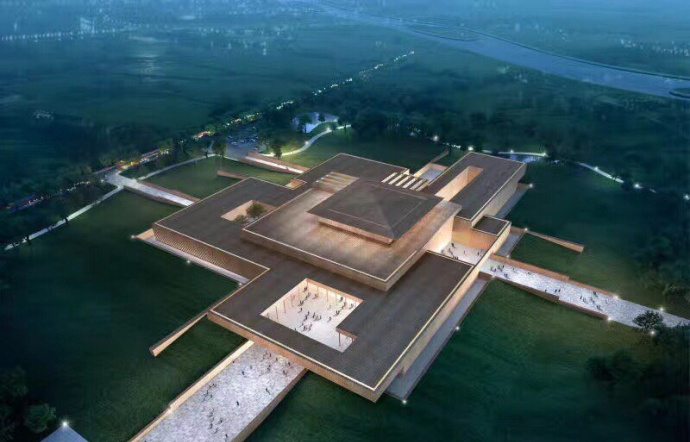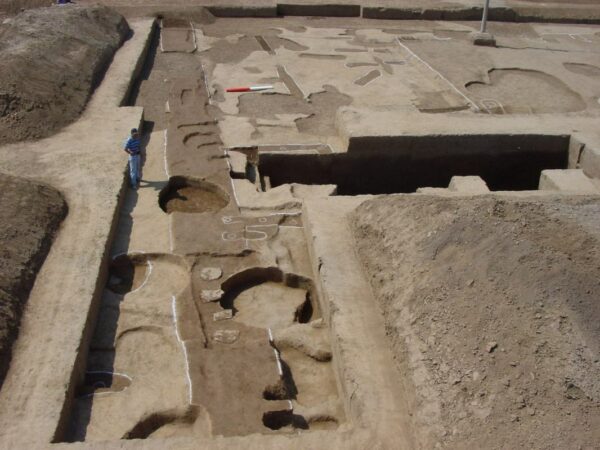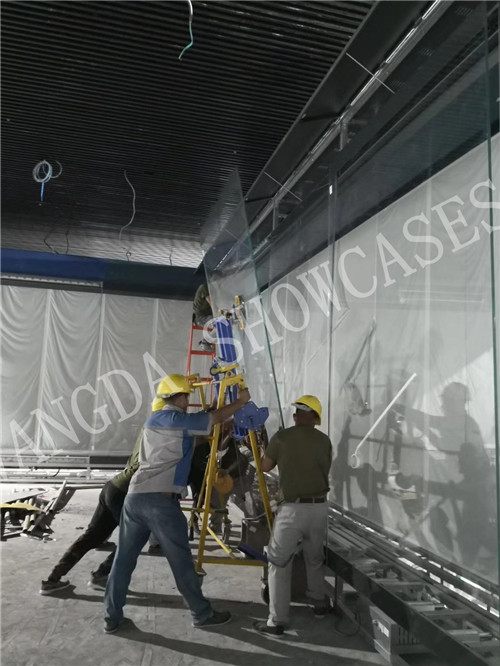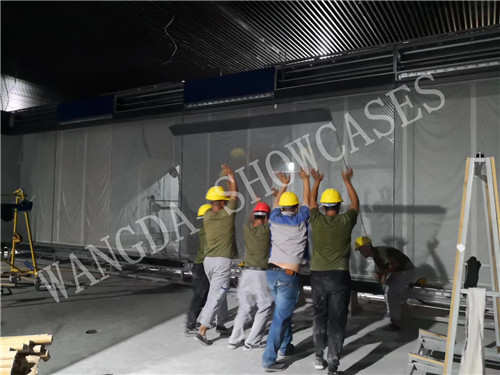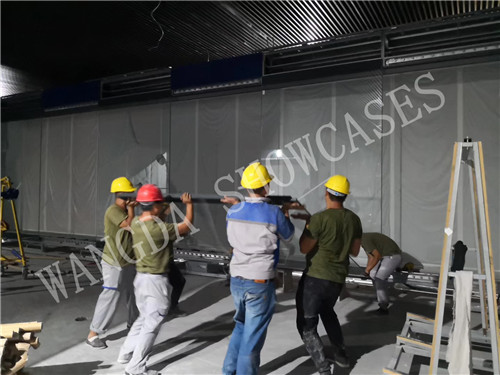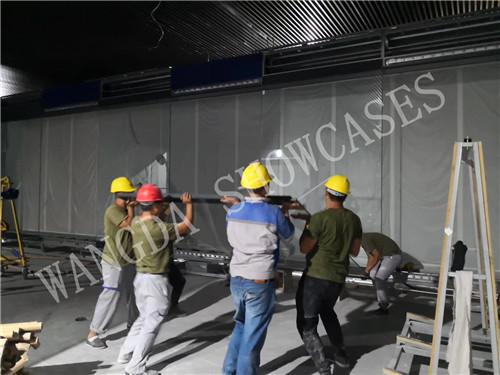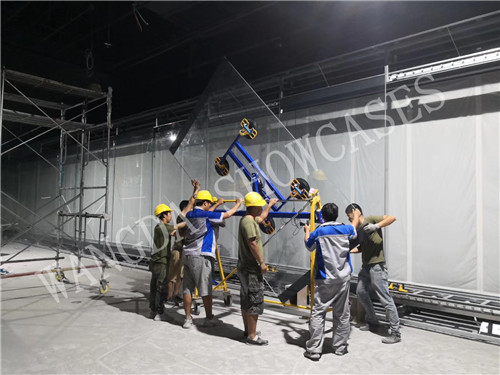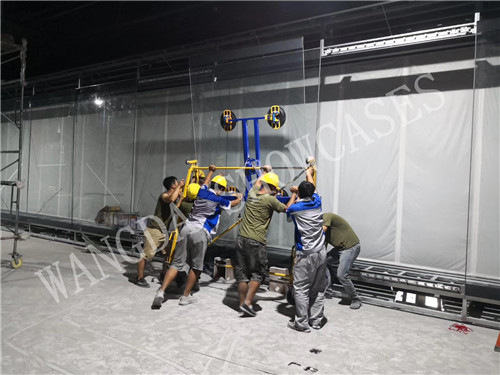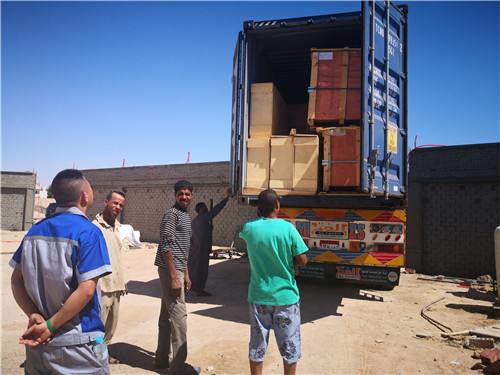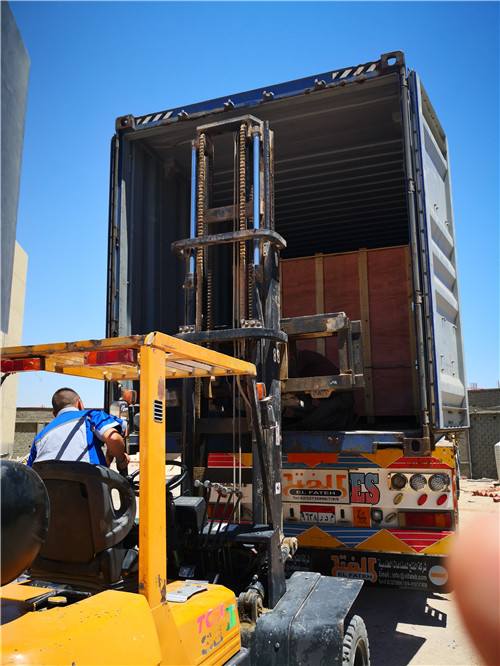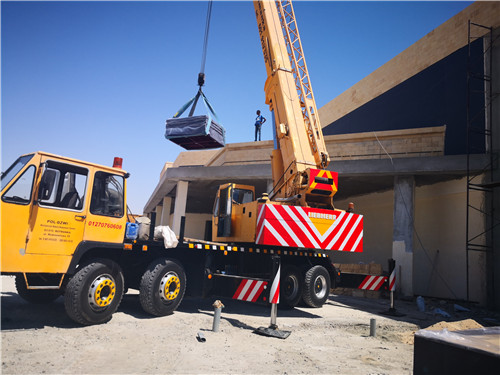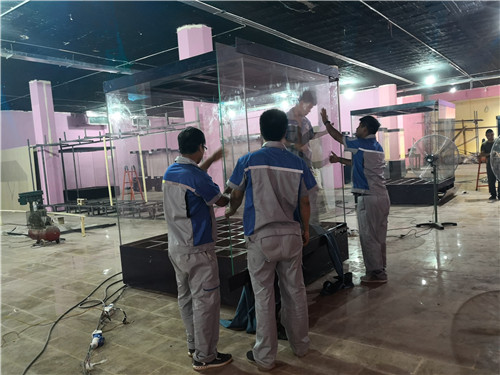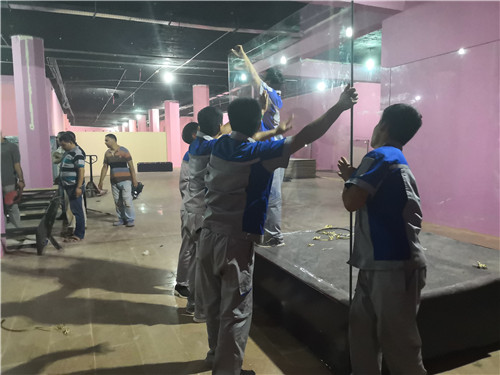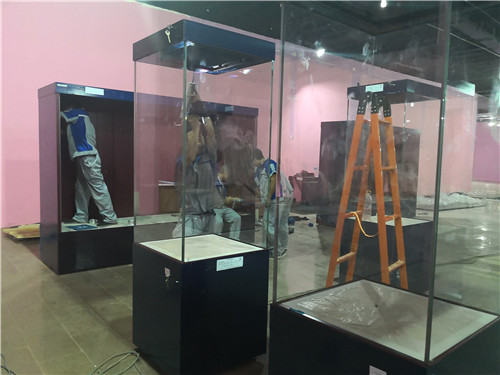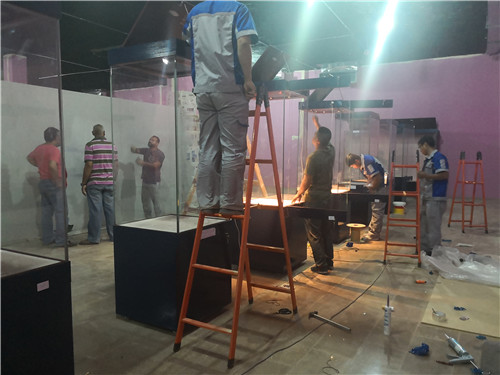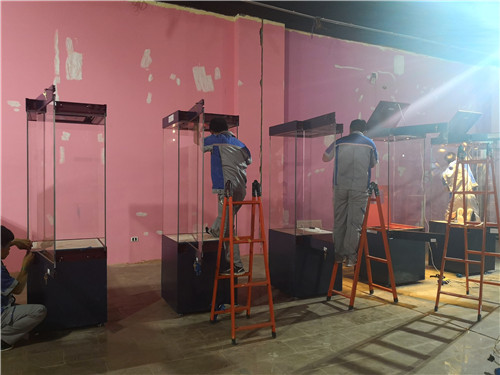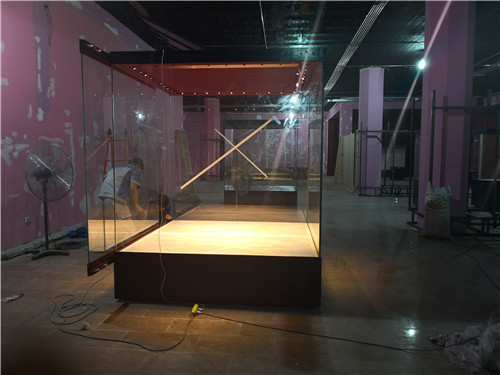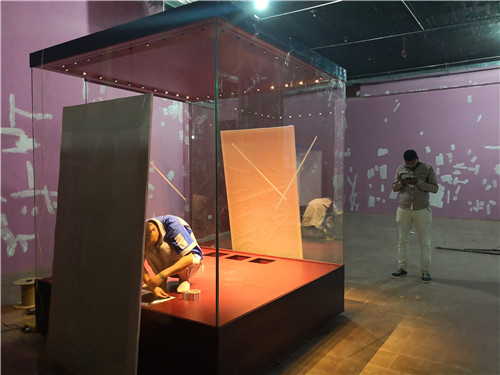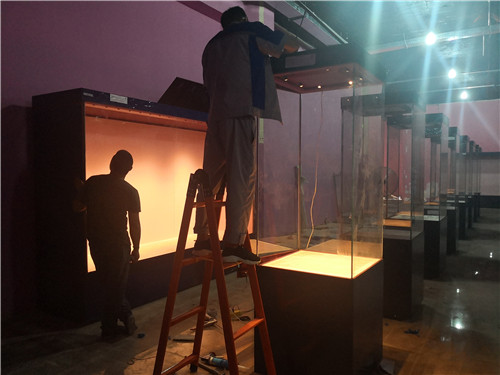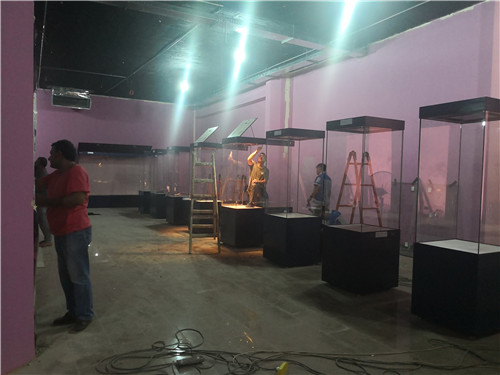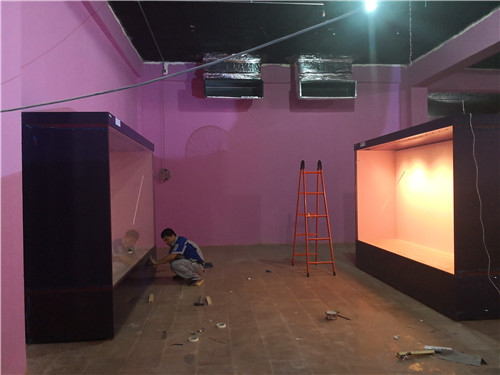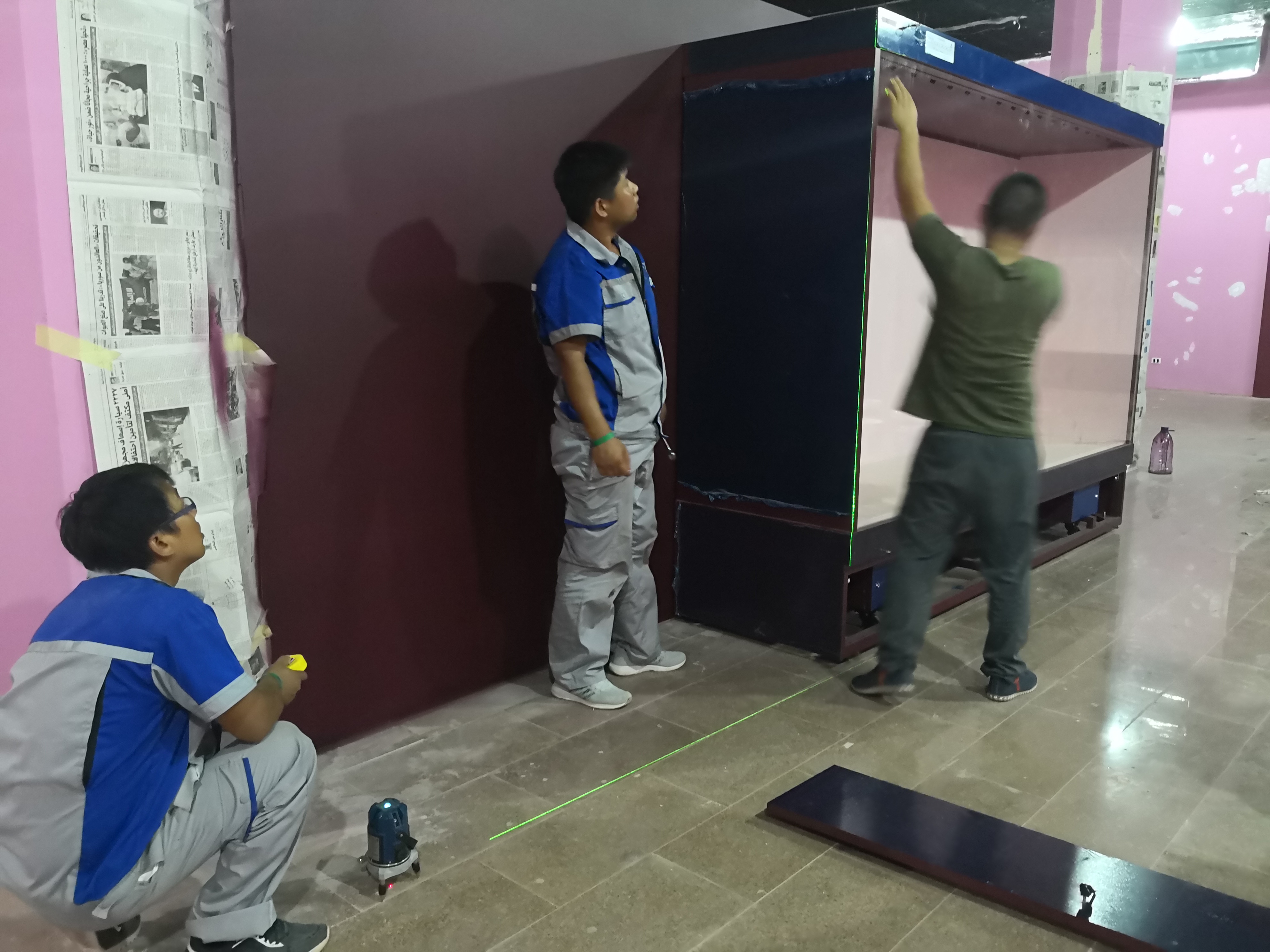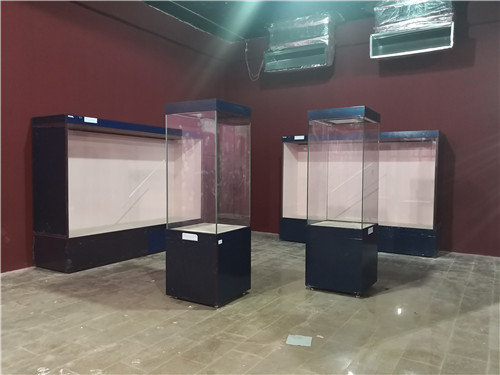WANGDA SHOWCASES won the museum showcases project from National Museum of the Republic of Kazakhstan, to customize-design and customize-build museum grade display cases/display cabinets in compliance with the world-class technology and quality standards. The museum display cases will be built by imported low-reflective glass with reflectivity less than 1% and will be equipped with electronic-mode active microclimate control system in additional to motor-driven operation system and alarming system.
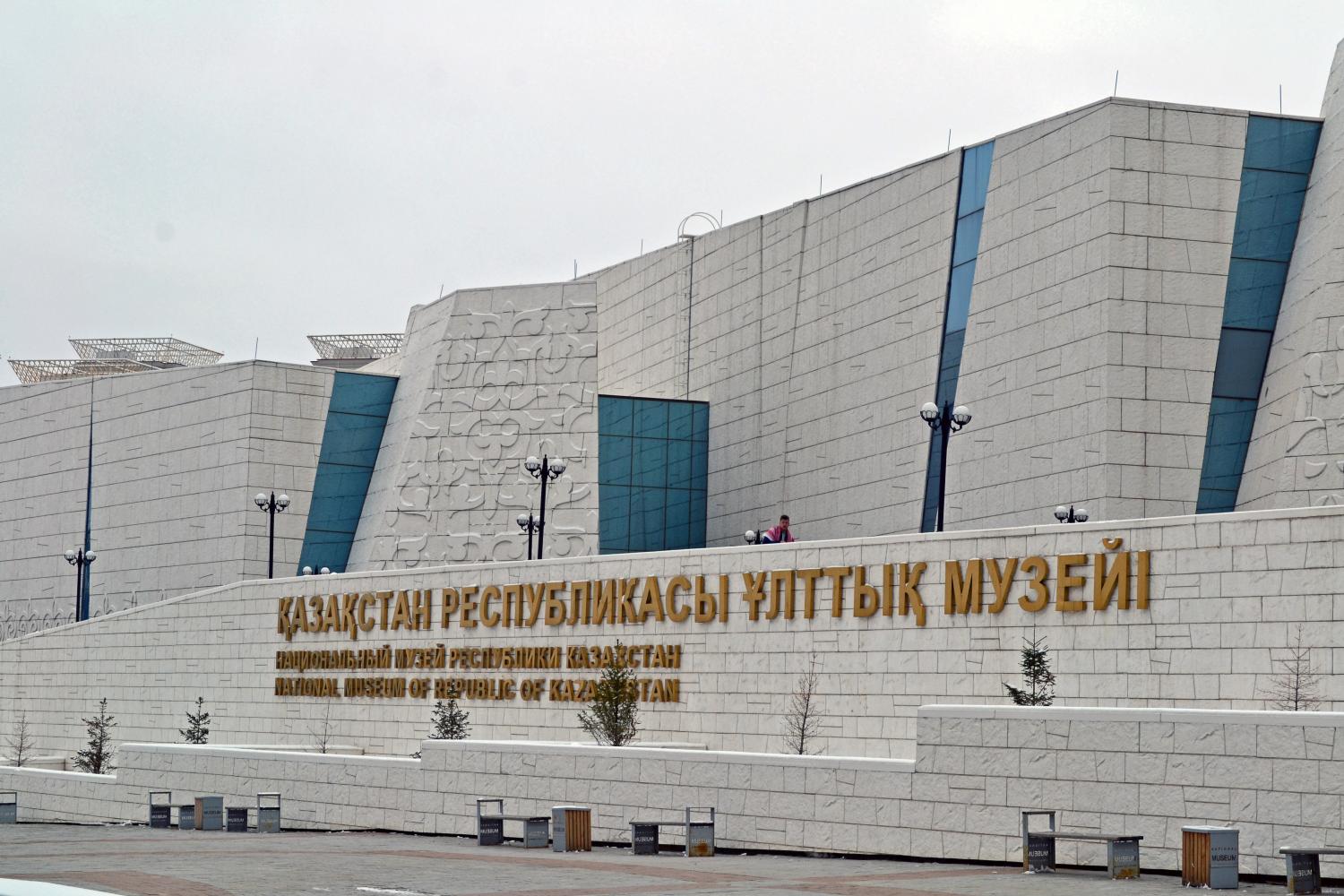
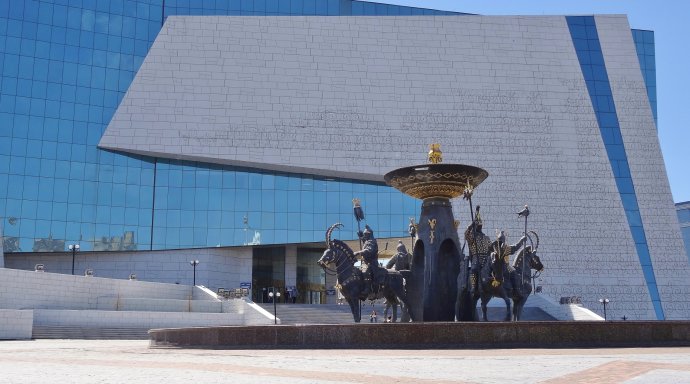
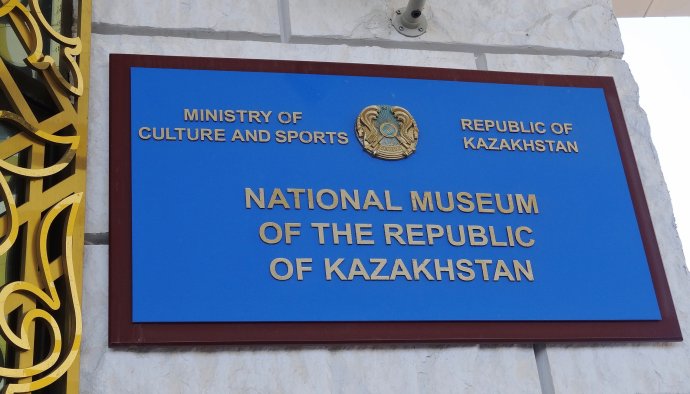
Located in Nur-Sultan,the National Museum of the Republic of Kazakhstan is the youngest and largest museum in Central Asia. The museum was established in the framework of the Cultural Heritage State Programme on behalf of the President of the Republic of Kazakhstan, Nursultan Nazarbayev.
The Decree of the Government of the Republic of Kazakhstan № 675, on the establishment of the Republican State Institution “National Museum of the Republic of Kazakhstan of the Ministry of Culture of the Republic of Kazakhstan”, was issued on 2 July 2013. On the basis of a Decree of the Head of the State, Darkhan Myngbay was appointed the Director of the National Museum of Kazakhstan
The museum is located on the main square of the country – the Independence Square, which harmoniously blends into the single architectural ensemble with the Қазақ Елі monument, the Independence Palace, the Palace of Peace and Harmony, the Hazret Sultan cathedral mosque and the National University of Arts. Many values identified during the Cultural Heritage State Programme constitute the invaluable fund of the National Museum of Kazakhstan.
The museum building, with its unusual external form, is an eye catcher . The largest unique museum complex has an area of 74,000 sq.m. and consists of seven blocks with a variable number of storeys to the ninth floor. Exhibit space occupies 14 rooms with a total area of over 14,000 sq.m.
The National Museum of Kazakhstan is composed of the following halls: Hall of Astana; Hall of Independent Kazakhstan; Hall of Gold; Hall of Ancient and Medieval History; the Hall of History; Ethnography Hall; and Halls of Modern Art.
The Research Institute is the museum unit in charge of studying national heritage. Other departments and facilities include a children’s museum, children’s art centre, two showrooms, restoration workshops, laboratories, professional depositories, a scientific library with a reading room, a conference hall and souvenir stalls.
The museum is fitted out with equipment of international standard, and uses modern exhibition technology for exhibitions: a unique curved screen with a special content, working for two halls, a media floor, a dynamic layout of the central part of modern Astana, numerous media outlets, holograms, LED-technology, touch-sensitive kiosks, and a multimedia guide providing information in three languages.
The museum has developed various kinds of excursions: survey and thematic, philosophical, special programmes in the form of interactive sessions and gaming excursions.
The National Museum of Kazakhstan aims to become a modern intellectual cultural institution, a place for the analysis, comparison, reflection, discussion, and evaluation of statements on the historical and cultural heritage of Kazakhstan. As a contemporary museum, it is always an open dialogue with the visitor. This museum has done everything possible to make its visitors active participants in the conversation with history.
Permanent Collections: permanent collections are displayed in the halls of the museum which include: Hall of Gold; Hall of the Ancient and Medieval History; Hall of Independent Kazakhstan; and Hall of Modern and Contemporary Art.

